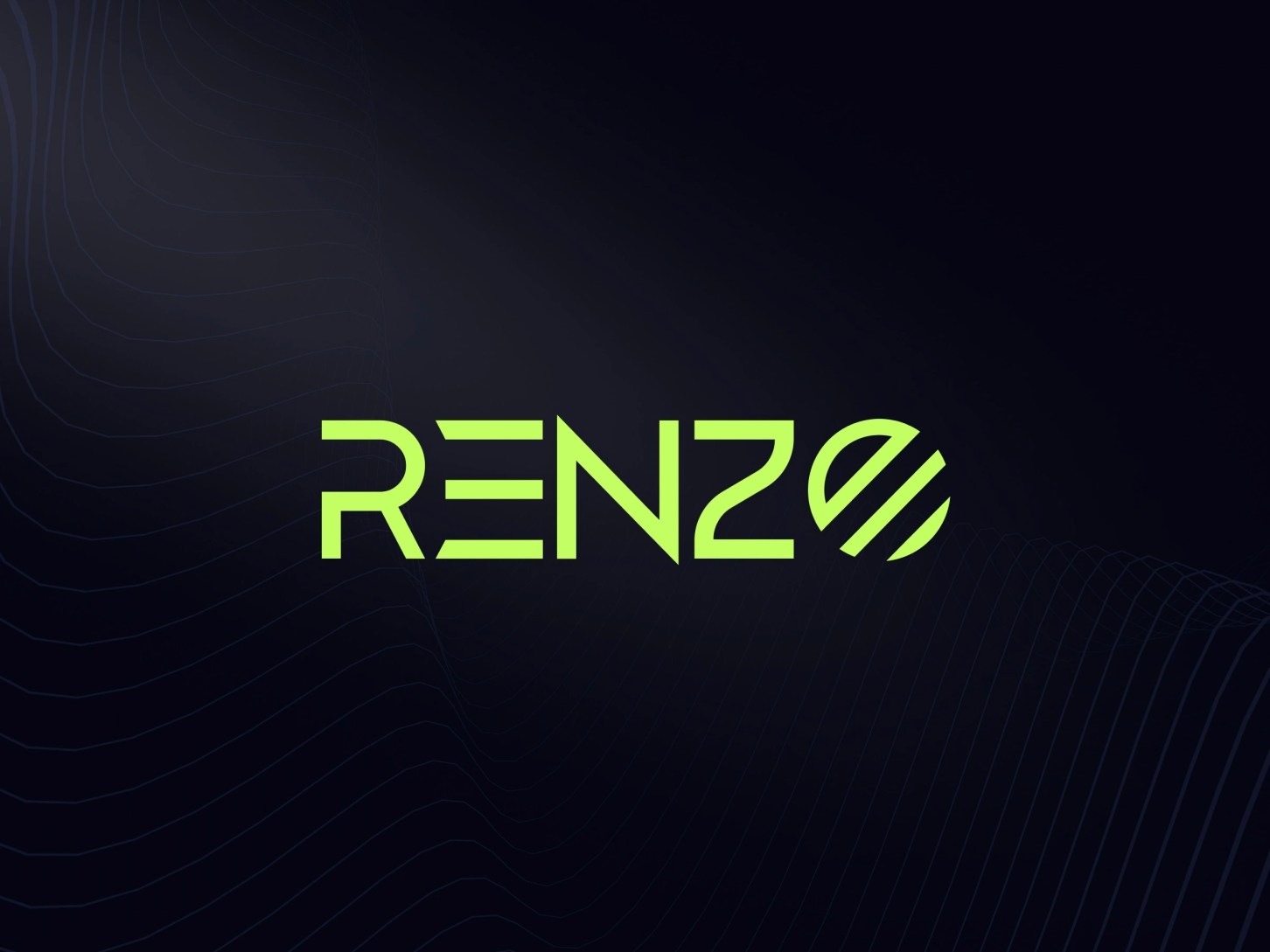With approximately $3.8 billion TVL, the Renzo Protocol is a known leader In the fast-changing decentralized finance world. It provides some of the highest yielding liquid restaking tokens (LRTs) in the DeFi market.
Based on the EigenLayer, Symbiotic, and Jito ecosystems, Renzo simplifies the technicalities of Actively Validated Services (AVS) approaches to make restaking easy and profitable for Ethereum (ETH), Solana (SOL), and other users. The platform distills technical complexities and balances risk-reward profiles to ensure a seamless experience that offers the best returns on staked tokens.
This article is a comprehensive explanation of how Renzo Protocol simplifies Actively Validated Services (AVS) strategies and develops high-quality liquid restaking tokens (LRTs) for Solana and Ethereum blockchains. It seeks to explain in great detail but easy-to-understand language to a general audience, which includes new users and experienced players in DeFi.
Introduction to Restaking and Its Challenges
Let’s understand Staking
Staking is the process of locking up a cryptocurrency, such as ETH or SOL, to assist the operations of a blockchain network, such as validating transactions. For this, stakers earn rewards mainly in the staked cryptocurrency. An example is staking ETH, which secures the Ethereum network, and users receive ETH rewards.
What Is Restaking?
Restaking is like staking one more step ahead by leveraging the already staked capital to secure other decentralized services or protocols, known as Actively Validated Services (AVSs). The AVSs can include data availability, AI inference accuracy, or oracle price inputs. Users can receive extra rewards aside from staking rewards by restaking. It is a form of dual-income strategy that has the potential to greatly boost earnings, but most users cannot handle it.
Challenges in Restaking
Restaking may be hard to manage on the basis of the following:
- Inability to Choose Services: Users must choose the AVSs they wish to support for restaking and that involves their knowledge of risk profiles and expected gains. For example, there can be higher gains for securing a high-risk AVS but while doing so, one may have losses of assets in case the service fails.
- Technical Requirements: There is some technical know-how such as hardware configuration or management of on-chain operations required to operate nodes or handle smart contracts. That might be intimidating or unappealing to non-tech users.
- Risk Management: Risk handling and reward optimization are very important. Users have to optimize their strategies to maximize returns while minimizing potential losses which can be problematic without specialized knowledge.
All these 3 problems have the effect of discouraging users from exploring restaking opportunities and, by extension, limiting their ability to benefit from higher rewards. Enter Renzo Protocol:
Renzo Protocol Makes Restaking Ezpz
Renzo Protocol seeks to make restaking ezpz (easy and convenient) and hence solves these problems by abstracting the intricacies and making restaking lucrative and viable for interested individuals.
It manages the selection of the AVSs and all the technicalities, such as nodes operated and smart contract interactions. Users do not have to sit and select services or hardware configurations, they simply have to relax, Renzo will take care of the rest. It also optimizes restaking strategies to deliver the best risk-reward results.
Renzo utilizes its experience to pick AVSs that yield high without working much on risk management, saving its users’ time and effort.
When clients stake money on Renzo, they receive LRTs, which are liquid and can be sold or used within DeFi platforms without incurring loss of staking and restaking returns. Liquidity is a critical advantage as it makes the clients have freedom when it comes to money and at the same time receive returns on them.
Renzo’s Liquid Restaking Tokens (LRTs)
Renzo has a series of LRTs, each tied to some specific restaking environment. Below is the breakdown of each, with the platforms they support and their benefit:
- $ezETH and EigenLayer: EigenLayer is an Ethereum platform where one can restake their ETH in order to secure AVSs, such as rollups or oracles. When you deposit ETH or wETH (wrapped ETH), you will be credited with $ezETH, which accrues automatically staking and restaking rewards. EigenLayer’s model leverages Ethereum’s pre-existing security, and therefore it is economical to secure other services. For example, an ETH staker can earn rewards from Ethereum’s consensus layer and additional rewards for securing an AVS like a data availability service.
- $pzETH and Symbiotic: Symbiotic is an open permissionless restaking protocol that recruits node operators and economic security providers. It allows users to restake their holdings to support various decentralized applications (DApps) and services like rollups, interoperability infrastructure, and oracles.
Users can restake stETH, wstETH, wETH, or ETH to be rewarded with $pzETH in return, providing economic security to AVSs in Symbiotic’s network. Symbiotic’s decentralized coordination offers the flexibility for networks to manage their restaking mechanisms independently, enhancing scalability and reducing centralization risk.
- $ezSOL and Jito Network: Jito Network is based on the Solana blockchain and offers liquid staking of SOL with Maximum Extractable Value (MEV) upgrades. MEV is gain from the order in which transactions are executed, e.g., arbitrage trades. Sol is locked by users and users get $ezSOL, which accrues staking rewards and additional MEV gains, maximizing returns. Jito’s non-custodial system keeps users in charge of their assets with access to auto-compounding rewards.
Renzo have made these Liquid Restaking Tokens user-friendly with it handling the underlying complexity. For instance, $ezETH can be traded on exchanges like Curve (Ethereum), retaining liquidity, while $ezSOL benefits from Solana’s high-speed transactions, increasing its usability in DeFi.
Benefits of Renzo’s LRTs
Renzo’s LRTs possess several advantages, which attract new and existing users:
- Higher Yields: Restaking is more likely to pay higher returns compared to normal staking. For example, $ezETH combines ETH staking earnings with EigenLayer restaking reward, doubling potential returns. Similarly, $ezSOL has Jito’s MEV surges, generating competitive Solana yields.
- Liquidity: Renzo’s LRTs are liquid, unlike traditional staking which has the tendency to lock up assets. They can be traded on decentralized exchanges or used in DeFi protocols like lending platforms or yield farms, all the while earning rewards. Flexibility is important to active DeFi players who want to maximize utilization of their asset.
- Simple Process: Renzo eliminates the need for users to deal with technical processes, thus making restaking accessible to everyone without in-depth knowledge of blockchain.
It’s as simple as connecting a wallet and following a few easy steps to deposit assets and earn LRTs, giving democratized access to high-reward potential.
Getting Started with Renzo
Earning two way rewards is intriguing to anyone looking to maximize rewards on their assets, Renzo makes it feasible. If you want to try Renzo out, here is how you do it step-by-step:
- Visit the Renzo Website: With a Web3-compatible wallet, such as Metamask (ethereum), phantom (Solana) or bitget (both), start by visiting Renzo Protocol, the website for liquid restaking.
- Link Your Wallet: Click on Restake at the top right corner to link your wallet to the website after ensuring your wallet has the desired assets you’d like to restake, like ETH or SOL.
- After linking your wallet, you’ll see a list of stakeable assets which you’ll have to choose from. This page contains 7 different assets, only the top 3 were discussed in this article.
- Send Assets: Send your assets to receive the respective LRTs. Send ETH to receive $ezETH or $pzETH, or send SOL to receive $ezSOL. It is a hassle-free process with Renzo’s automatic restaking.
The about image shows ezETH is to be received for restaking ETH.
- Be in control of your LRTs: Once you get your LRTs, you can sell them on exchanges, use them to invest in DeFi services, or allow them to collect incentives. For instance, $ezETH can be used in applications like Pendle for the delivery of interest and compounded returns.
Conclusion
Renzo Protocol is simplifying the restaking landscape while making it accessible, and profitable. Its integration with EigenLayer, Symbiotic, and Jito Network ensures users can tap into high-yield opportunities across Ethereum and Solana, with LRTs like $ezETH, $pzETH, and $ezSOL offering liquidity and flexibility.
Whether you’re new to crypto or a seasoned DeFi user, Renzo offers a straightforward path to maximizing your staking and restaking rewards.
Explore Renzo Protocol: https://www.renzo.protocol.com
Join and interact with our Telegram community
___________________________________________
___________________________________________




















